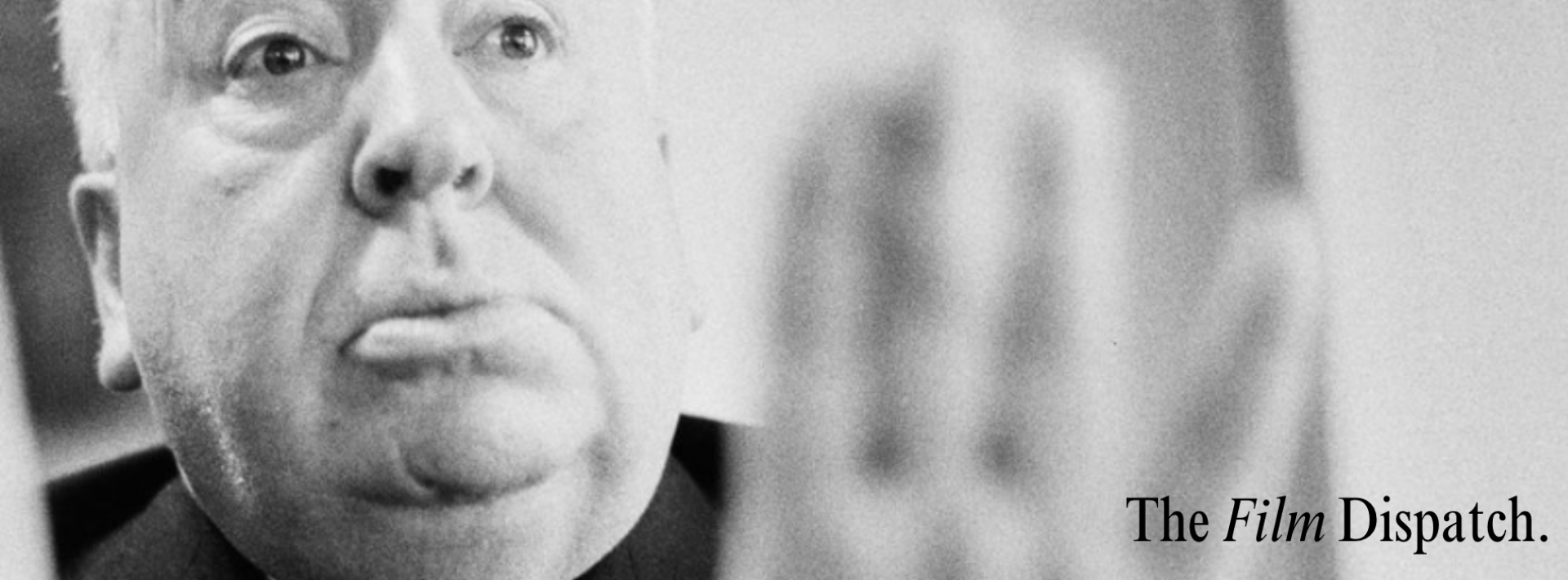Wifak Gueddana looks at Wong Kar Wai’s classic Chungking Express and how it explores the fractured memories of the heartbroken by narratively and technically playing with time, space, and narration.
In Chungking Express (1994), Wong Kar Wai devises two mise-en-scenes, two stories, with the same building blocks. In the first story, a young man is suffering from heartbreak and the pain of his unfulfilled desires, reminiscing about the heydays of his past relationship. His life is now akin to a bittersweet memory, like the taste of expired tinned pineapples. Wong Kar Wai’s boyish, glamorous and playful personality transpires. He likes to let visuals and cinematography take charge of the viewer’s emotions, deconstructing the narrative, jolting frames into a frenzy (distorting time, breaking the unity of the storyline and mixing genres). This is not a film, but morsels of romance, gangster-thriller, documentary and a mood piece. The viewer, rather than the filmmaker, sticks everything together, a scatterplot of images: a blur of fast-paced action; a dodgy bar; crowds of people in cramped, dark alleyways; as well as a fabulous Bridget Lin, hiding behind a dishevelled blonde wig, black sunglasses, and a beige coat with high heels (all fusing in my mind the vague memory of Who Framed Roger Rabbit’s luscious starlet cartoon – also a twilight-good-&-bad character in his film). The images pump up the suspense, but everything and everyone is under Wong Kar Wai’s tight leash. The protagonists operate within two discrete realities, and the viewer cannot anticipate their reunion. She is a drug trafficker and a killer chasing after illegal Hong-Kong immigrants; he is a cop living in a delusion of his own making. There is one encounter, but it is doomed: their story ends before it has even started.
The pace of the visual sequences quietens in the second story. The viewer gets a breather, and Wong Kar Wai reshuffles the blocks: the film turns into a straightforward romcom. This is best demonstrated by the body movements and facial expressions of his cast. They are the core of the second half of this film, and loved by the camera; their performances give frames a still-like quality and a sort of slowness, producing the opposite effect to that of the first half. Tony Leung plays a sweet young policeman yearning for his former lover. She is a sexy stewardess who is too busy switching planes in-flight to acknowledge his affections. Following her departure, random objects in his house seem to cry out from having been left behind – tender gimmicks which reminded me of a Disney childhood favourite, The Beauty and the Beast. Within this element of the film manifests Wong Kar Wai’s childish, provocative sensibilities. The heartbreak is not long lasting, of course. The ‘cute-dreamer’ sandwich-bar waitress, Faye Wong, tiptoes her way into the policeman’s den. Messing with his house, she starts to literally leave traces of her presence, becoming a part of his domestic life, while he remains ignorant (or at least pretends to be). Again, the lead couple can only engage in brief encounters while they lead their separate lives. As before, they operate in parallel rather than together, but this time, they also share a connection – in the form of the physical space of his home, which suggests the possibility of a happy ending. Wong Kar Wai’s mastery is in boxing things up, fitting characters into arch roles, whilst changing their faces and personal stories, and dissociating genres, in order to cleverly reshuffle and integrate them, producing a more impactful narrative. His films are visual reconstructions that are akin to playing Lego blocks, and yet his films are also personal, oozing his own sense of nostalgia and irreversible sadness – which we retrieve in full power in In the Mood for Love (2000).
For Wong Kar Wai, there is no such a thing as realism: only liminal twilight spaces, and fragments of characters’ memories. The first part of this film contains a visual montage that is utterly non-linear, sometimes with the male lead as a narrator, and sometimes centring around the female lead. Yet in both sequences, time is distorted like in a dream; visuals are sped up, to accelerate chronological sequencing, or they are slowed down. These temporal shifts relate to the perspectives of different characters, i.e. what he/she remembers and feels. In the second part, time becomes immaterial. How could it be otherwise, when a tattered kitchen towel, bathroom soap and a uniform shirt in the cupboard are all crying after the lost lover? Their yearning nostalgia (despite their being inanimate objects) indicates to us the way in which time has become irregular and bent out of its typical shape. Time is boundless too: it has no grasp on this storyline. The tale starts well before the events on screen, and continues long after them, a sort of epilogue offering the viewer the closest thing to a conclusion to the story. The film’s visuals are fragments of the characters’ memories. They are individualized and dissociated when characters become antagonistically related, resulting in a film with two orders and two modes of existence that run in parallel (1st part). When characters are meant to converge (2nd part), their memories are brought together, fusing into unity, and forming a timeless space of connection.
To conclude, one could argue that Wong Kar Wai’s cinematography (in this film and in all of his works) is not limited by narrative scope or form. It is composed of visuals that create time, capture characters’ memories and turn them into the most appealing stories.
by Wifak Gueddana

